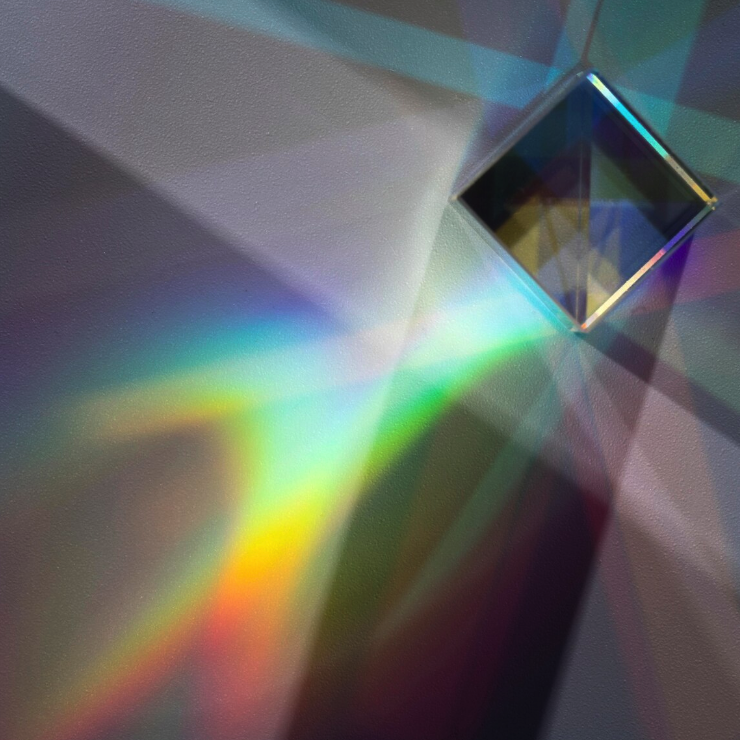Normative values of the nociceptive blink reflex habituation

Submitted: 14 February 2024
Accepted: 2 April 2024
Published: 7 May 2024
Accepted: 2 April 2024
Abstract Views: 1797
PDF: 273
SUPPLEMENTARY MATERIAL: 187
SUPPLEMENTARY MATERIAL: 187
Publisher's note
All claims expressed in this article are solely those of the authors and do not necessarily represent those of their affiliated organizations, or those of the publisher, the editors and the reviewers. Any product that may be evaluated in this article or claim that may be made by its manufacturer is not guaranteed or endorsed by the publisher.
All claims expressed in this article are solely those of the authors and do not necessarily represent those of their affiliated organizations, or those of the publisher, the editors and the reviewers. Any product that may be evaluated in this article or claim that may be made by its manufacturer is not guaranteed or endorsed by the publisher.
Similar Articles
- Sarah Cargnin, Salvatore Terrazzino, Ennio Pucci, Michele Viana, Drug resistance to triptans: a problem for thousands of people in Italy , Confinia Cephalalgica: Vol. 26 No. 1 (2016)
- Michele Viana, Giuseppe Nappi, Cyclic migraine. From pathophysiological understanding to therapeutic opportunities in patients with migraine attacks showing predictable periodicity , Confinia Cephalalgica: Vol. 26 No. 1 (2016)
- Chiara Rosignoli, Agnese Onofri, Federico De Santis, Simona Sacco, Raffaele Ornello, Efficacy and safety of greater occipital nerve block with a small volume of lidocaine and methylprednisolone in tertiary headache center , Confinia Cephalalgica: Vol. 34 No. 2 (2024)
- Giorgio Liaci, Claudia Altamura, Nicoletta Brunelli, Alessandro Alesina, Luisa Fofi, Maria Pia Prudenzano, Fabrizio Vernieri, Kinetic oscillation stimulation for the preventive treatment of refractory chronic migraine: a case series , Confinia Cephalalgica: Vol. 34 No. 2 (2024)
- Selene Attorre, Andrea Burgalassi, Giulia Vigani, Francesco De Cesaris, Marina Romozzi, Luigi Francesco Iannone, Sex and gender differences in the epidemiology, clinical features, and pathophysiology of trigeminal autonomic cephalalgias , Confinia Cephalalgica: Vol. 34 No. 2 (2024)
- Marcello Silvestro, Pasquale Sozio, Ilaria Orologio, Mattia Siciliano, Francesca Trojsi, Alessandro Tessitore, Gioacchino Tedeschi, Antonio Russo, Perceived ease-of-usability and local tolerability using CGRP monoclonal antibody autoinjectors vs. syringes: an online questionnaire-based study in patients with migraine , Confinia Cephalalgica: Vol. 34 No. 2 (2024)
- Simona Guerzoni, Flavia Lo Castro, Carlo Baraldi, Daria Brovia, Fabio Tascedda, Veronica Rivi, Luca Pani, Anti-CGRP monoclonal antibodies improve cognitive function in patients affected by chronic migraine complicated with medication overuse-headache , Confinia Cephalalgica: Vol. 34 No. 1 (2024)
- Giulia Paparella, Chiara Abbatantuono, Livio Clemente, Stefania Scannicchio, Marina de Tommaso, Cognitive reserve and well-being in migraine patients: a multidimensional approach to migraine assessment in an Italian tertiary headache center , Confinia Cephalalgica: Vol. 34 No. 1 (2024)
- Marina Romozzi, Andrea Burgalassi, Catello Vollono, Maria Albanese, Giulia Vigani, Francesco De Cesaris, Alberto Chiarugi, Paolo Calabresi, Luigi Francesco Iannone, Prospective evaluation of aura during anti-calcitonin gene-related peptide monoclonal antibody therapy after 52 weeks of treatment , Confinia Cephalalgica: Vol. 34 No. 1 (2024)
- Marta Allena, Michele Viana, Abstracts di interesse cefalalgico , Confinia Cephalalgica: Vol. 26 No. 1 (2016)
You may also start an advanced similarity search for this article.

 https://doi.org/10.4081/cc.2024.15730
https://doi.org/10.4081/cc.2024.15730







